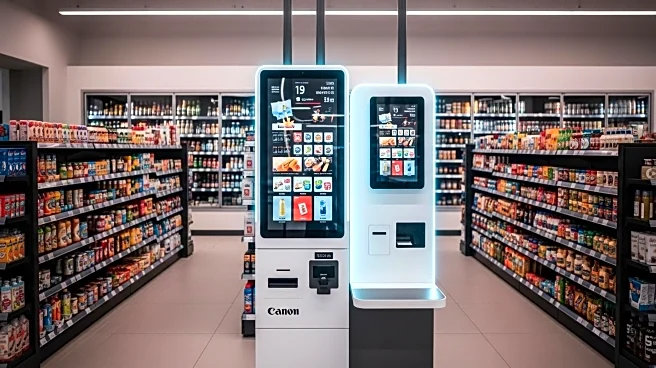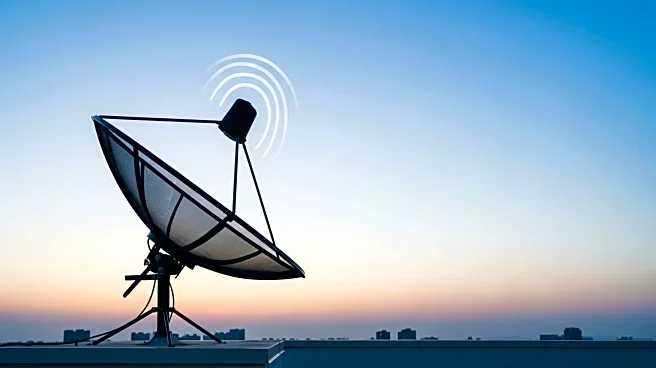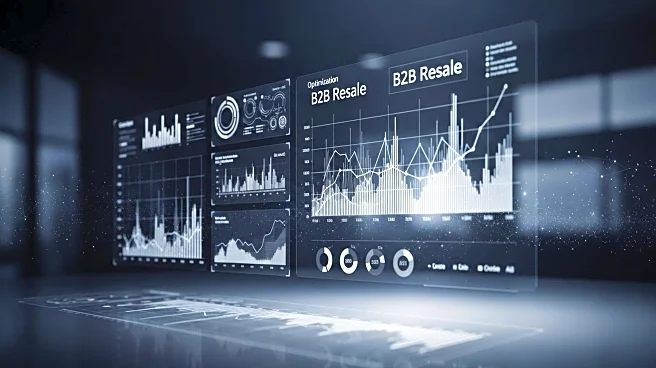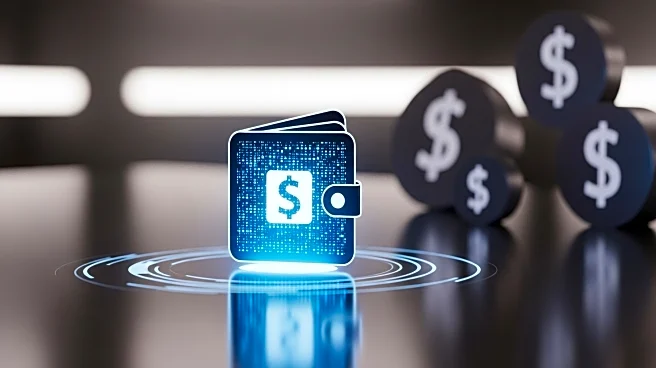What's Happening?
A retail store experienced a cash shortage after a customer discovered a loophole in the self-checkout system. During a routine shift, the customer used multiple self-checkout machines to withdraw cash without incurring fees, leaving the machines depleted. The employee overseeing the self-checkout area observed the customer scanning items, paying for them, and repeatedly receiving cash back. This process was repeated across several machines, resulting in three machines being closed until cash could be replenished. The employee noted that there was no existing rule against this practice at the time, but was instructed to prevent similar occurrences in the future.
Why It's Important?
This incident highlights potential vulnerabilities in retail self-checkout systems, which could lead to financial losses for businesses if exploited. The ability of customers to manipulate these systems for personal gain underscores the need for improved security measures and policies to prevent such occurrences. Retailers may need to reassess their self-checkout protocols to safeguard against similar loopholes, ensuring that cash reserves are adequately protected. This situation also raises questions about the balance between customer convenience and security in automated retail environments.
What's Next?
Retailers are likely to review and update their self-checkout policies to prevent future exploitation. This may involve implementing stricter cash-back limits or enhancing monitoring systems to detect unusual patterns of behavior. Employees may receive additional training to identify and address potential loopholes promptly. The incident could prompt broader discussions within the retail industry about the security and efficiency of self-checkout systems, potentially leading to technological upgrades or policy changes.
Beyond the Headlines
The event may spark ethical debates about consumer behavior and the responsibility of businesses to anticipate and mitigate exploitation of their systems. It also highlights the evolving nature of retail technology and the challenges of maintaining security while offering convenience. Long-term, this could influence the design and functionality of self-checkout systems, prioritizing both user experience and security.










